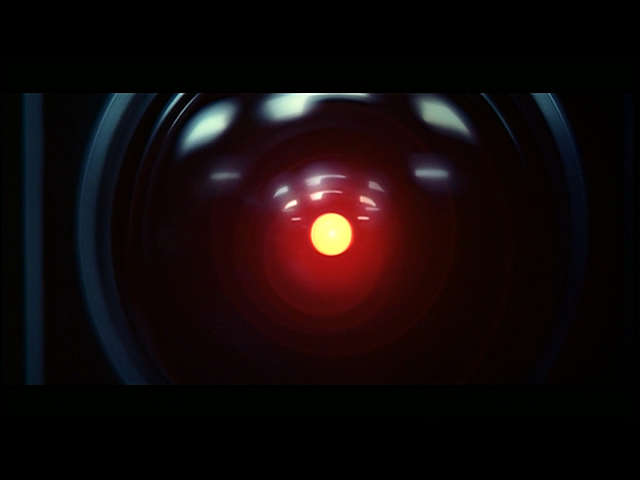Structural inequality and sexism
Not from what I’ve seen. I’ve worked in STEM for over a decade, all of my superiors have been woman. There are many initiatives supporting women in STEM (financially and other wise). The majority of advertised positions in STEM mention having a fair and diverse workforce.
There may still be sexism but it is mocked openly. You know, like in this comic. The very fact that is comic exists and is being upvoted is evidence that the tide has truly changed.
Doors open, come on in.
I mean, there are still some pretty massive structural issues in society at large against these groups even though women in some workplaces are having a better time.
Anecdotal evidence, from, I’m guessing, an American am I right?
No, you’re not correct.
Women are better academically than men, and more women are tertiary trained than men. Yet there aren’t more women in STEM, why?
Because they are choosing not to go into STEM.
Again, the door is open.
Anecdotal evidence
Nope, I mentioned the huge range of initiatives enticing women into STEM, and job descriptions are easy to find. The data is all there for you to look at.
If you want to ignore my personal experience, be my guest.
Edit: There are plenty of contemporary STEM role models who are women:
Why are they choosing not to go into STEM, I wonder…
I wondered this for a long time, especially because a lot of women study STEM in high school but don’t continue with it.
Example:
We know that the biggest drop off of girls in computer science is between the ages of 13 and 17.
Source: https://girlswhocode.com/about-us
I read a book that gave a reason I hadn’t thought of. It was written by two girls who got into programming, and the reason they were hesitant to get into STEM was because they thought there wouldn’t be any other women to work with. This is a fair reason, but shows a “chicken or egg” scenario that I hadn’t considered before.
Book Source: Girl Code: Gaming, Going Viral, and Getting It Done
So you’re American. Got it.
A lot of what they say applies to Europe as well.
In the EU, 48% of women completed tertiary education, compared to 37% of men. The disparity has a growing tendency.
Wrong again.
Just as God intended.
There is no time travel to the future, only open doors to the past.
Nonsense, I’m traveling into the future right now at one second per second.
Damn can you tell me what it’s like?
We have the Internet on computers now.
holy shit
We have what on where?
Sources:
* For mlmym users: https://warandpeas.com/2019/02/11/women-in-science



